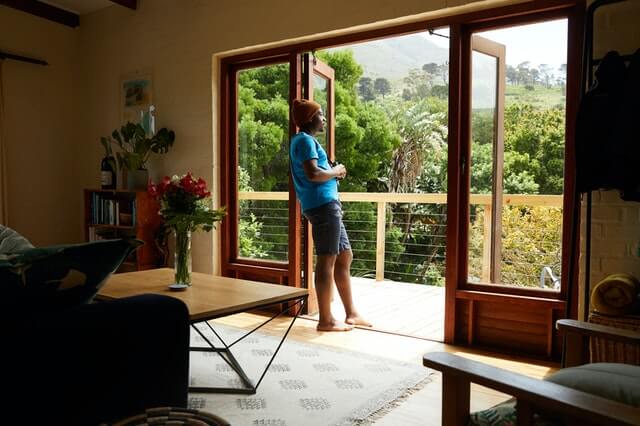Factors Affecting Ventilation in Buildings
Ventilation is a very essential factor for any type of building. Ventilation plays a vital role in maintaining a healthy and comfortable indoor environment in buildings. Occupants cannot live healthily without proper ventilation. There are several factors that influence the effectiveness of ventilation systems, such as the rate of fresh air change, temperature, quality of air, etc.
The following factor should be considered, as they affect ventilation very much from a comfort point of view for the individual.
- Rate of fresh air change
- Temperature
- Quality of air
- Use of the Building

1. Rate of fresh air change
If the air movement does not occur in a room where some people are working, After some time the air of this room will be contaminated because of the respiration of the people working there.
If this air is not changed with fresh air, the concentration of carbon dioxide, other gases, and bacteria will increase, and the environment will be polluted which is not suitable for any person to work or stay there.
2. Temperature
It is obvious that the air needed for ventilation should be warm in the winter and cool in the summer. The temperature difference between the inside and outside of a building should be kept at around 8 to 10 degrees C.
The term effective temperature is used, with regard to human comfort. The value of effective temperature depends on several factors like geological conditions, age of the occupants, type of activity, size of the room, etc. The recommended value of effective temperature in winter is 21.7 degrees and in summer is 23.9 degrees.
3. Quality of air
The purity of air plays an important role in the ventilation system. The ventilating air should be free from organic matter, inorganic dust, objectionable gases, odor, etc.
4. Use of the Building
The rate or quantity of fresh air supply to a room depends upon the use of the building. The number of occupants, types of activity, period of working, etc. are the factors that are taken into consideration while recommending the minimum air supply. Following are the minimum and recommended rates of fresh air supply for different types of buildings.
| Types of buildings | Recommended air requirement ( m3/min) | Minimum air requirement (m3/min) |
| Factories, workshops | 0.28 | 0.21 |
| Restaurants, dining hall | 0.42 | 0.34 |
| Retail shop | 0.28 | 0.21 |
| Hospital i) Operating room ii) Private room iii) Wards | 0.84 0.56 0.84 | 0.70 0.28 0.70 |
| Laboratories | 0.56 | 0.42 |
| General office | 0.42 | 0.28 |
| Private office | 0.70 | 0.42 |
| Meeting room | 1.40 | 0.84 |
| Banking space | 0.28 | 0.21 |
| Cafeteria | 0.34 | 0.28 |
5. Building Design
A building’s design is an important aspect of building ventilation, as it directly affects the rate of airflow in the building. Factors like – the layout, arrangement, and size of windows, doors, and vents determine how much air will flow into the building.
6. Outdoor Air Quality
Indoor air quality directly depends on the outdoor air quality. Buildings located near sources of pollution or in areas with poor air quality may require advanced filtration or air purification systems.
Read More:
How Can You Get Good Natural Ventilation in Buildings